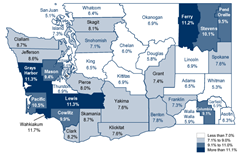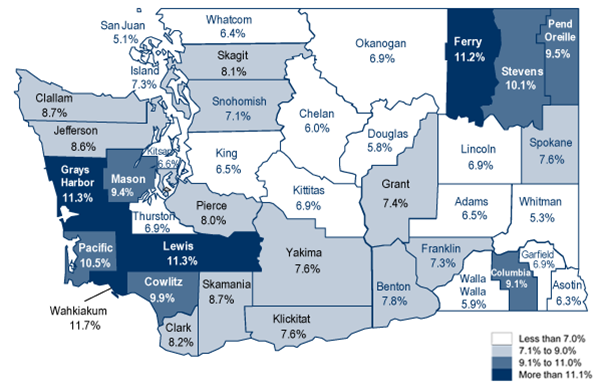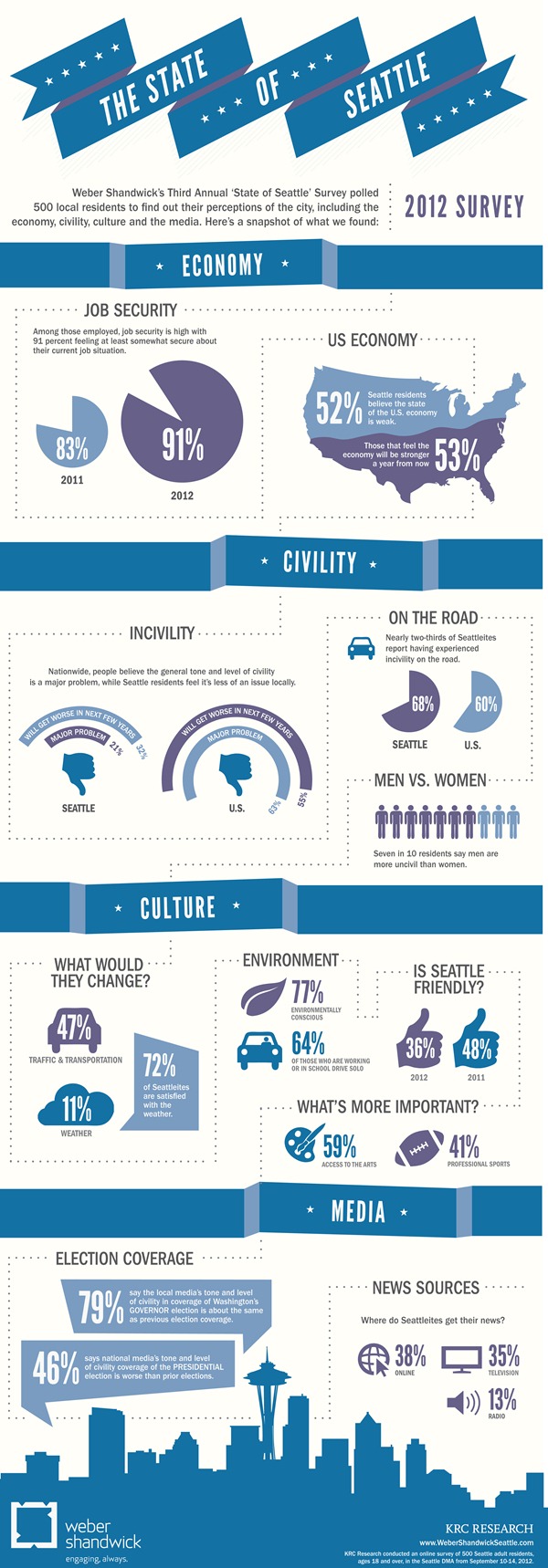 Yesterday at the American Economic Association’s 2013 Annual Meeting, Carmen Reinhart and Ken Rogoff offered a paper titled Shifting Mandates: The Federal Reserve’s First Centennial.
Yesterday at the American Economic Association’s 2013 Annual Meeting, Carmen Reinhart and Ken Rogoff offered a paper titled Shifting Mandates: The Federal Reserve’s First Centennial.
The paper included a cool chart of inflation since 1775. The authors argue that inflation didn’t take off until the U.S. went off the gold standard in 1933.
From the paper:
It is probable that in 1913, while financial panics were not uncommon, high inflation was still largely seen by the founders of the Fed as a relatively rare phenomenon associated with wars and their immediate aftermath. Figure 1 plots the US price level from 1775 (set equal to one) until 2012. In 1913 prices were only about 20 percent higher than in 1775 and around 40 percent lower than in 1813, during the War of 1812. Whatever the mandates of the Federal Reserve, it is clear that the evolution of the price level in the United States is dominated by the abandonment of the gold standard in 1933 and the adoption of fiat money subsequently. One hundred years after its creation, consumer prices are about 30 times higher than what they were in 1913. This pattern, in varying orders of magnitudes, repeats itself across nearly all countries.
source: BusinessInsider







![clip_image002[5] clip_image002[5]](http://www.emmanuelfonte.com/wp-content/uploads/2012/12/clip_image0025_thumb.jpg)
![clip_image002[7] clip_image002[7]](http://www.emmanuelfonte.com/wp-content/uploads/2012/12/clip_image0027_thumb.jpg)
![clip_image002[9] clip_image002[9]](http://www.emmanuelfonte.com/wp-content/uploads/2012/12/clip_image0029_thumb.jpg)



 Seattle ranks No. 7 in the nation
Seattle ranks No. 7 in the nation